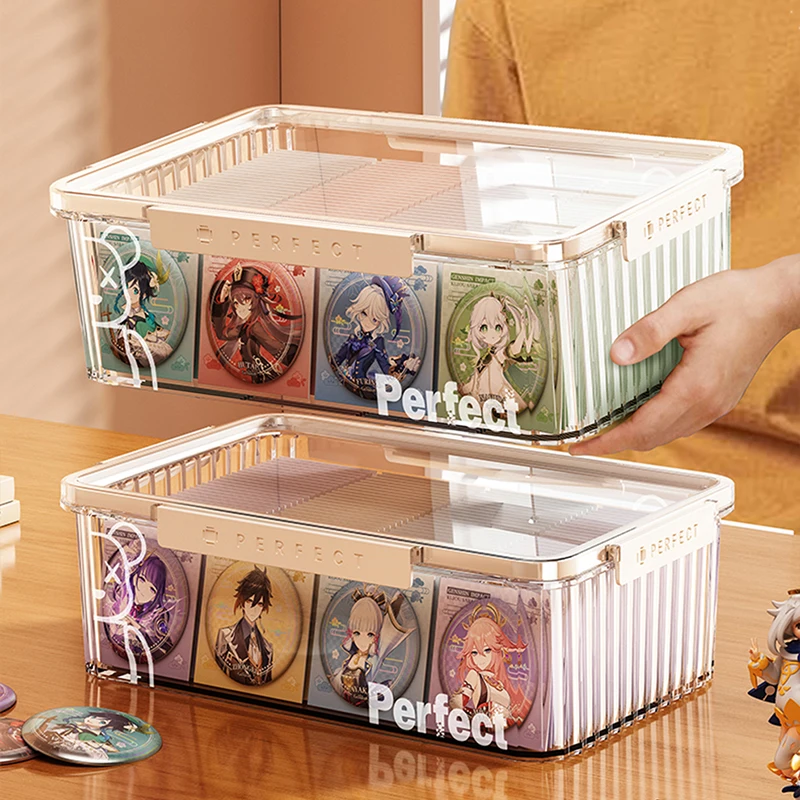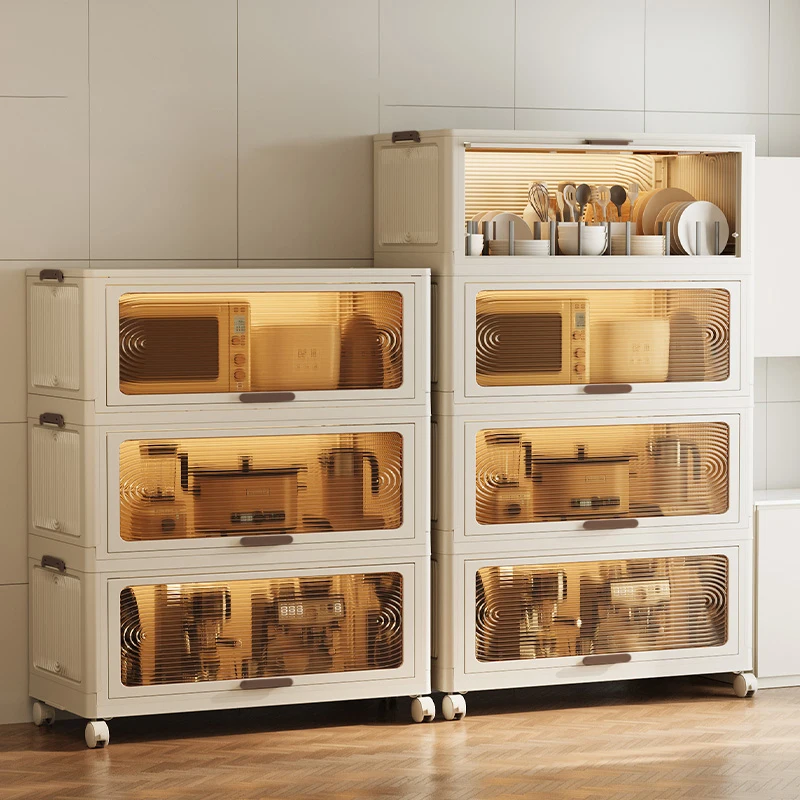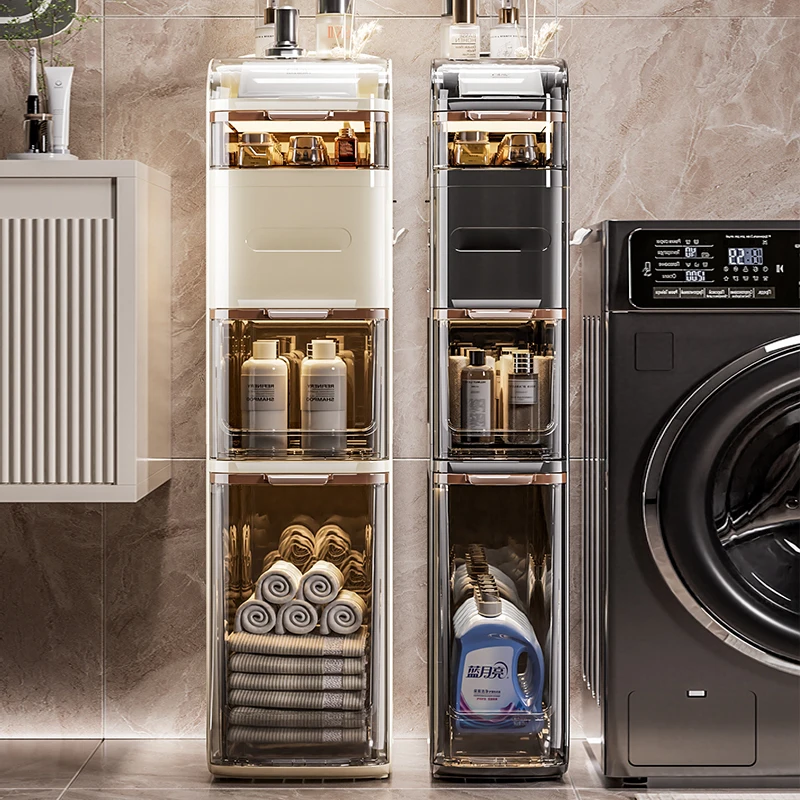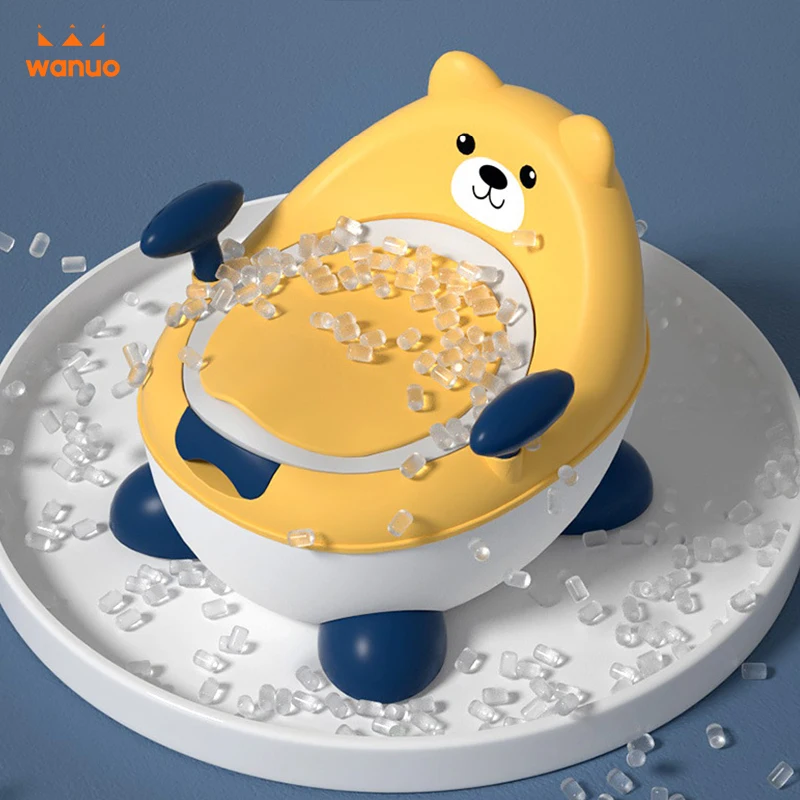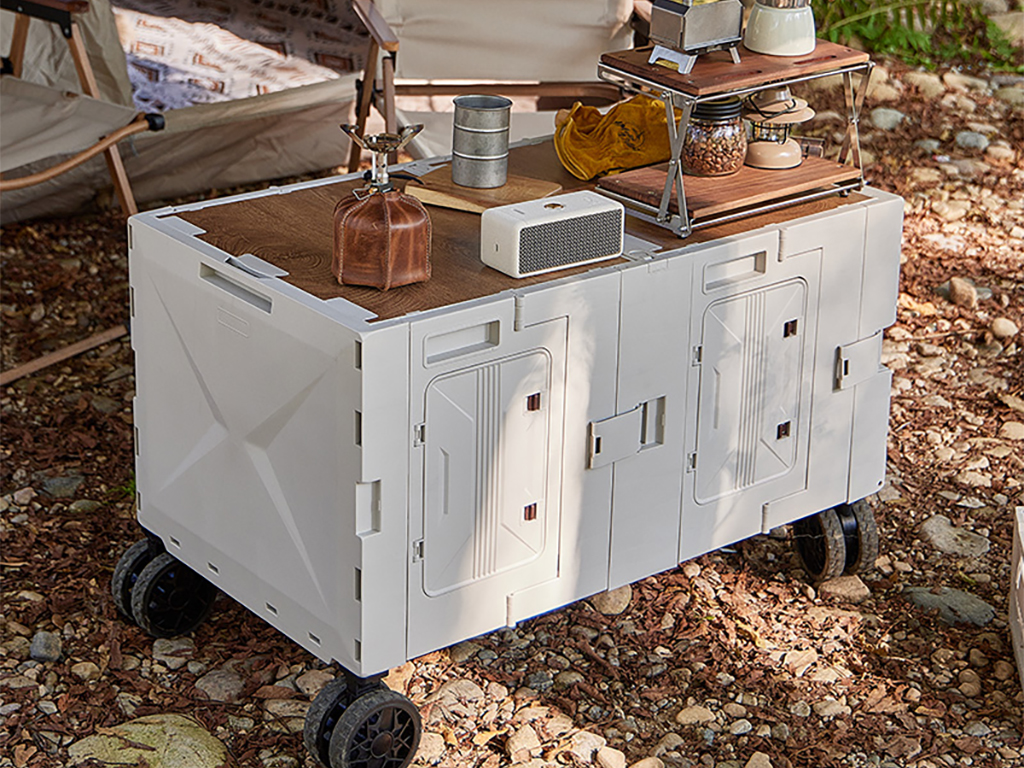How to Choose Durable Bathroom Storage for Small Spaces?
Maximize Space with Smart Small Bathroom Storage Solutions
Understanding the Challenges of Small Bathroom Storage
When dealing with small bathrooms, smart planning becomes essential if we want to keep things from getting too crowded without sacrificing what actually works. Most standard bathrooms around 40 square feet only offer about 18 inches of countertop space according to recent data from NAHB in 2023. This leaves many homeowners stuck trying to decide whether to prioritize their daily toiletries or make room for towels they need when guests come over. Space limitations bring about several real challenges though. First there's figuring out how to get everything accessible without making the place look cluttered. Then comes the ongoing battle between installing fixed elements versus finding ways to store things flexibly. And let's not forget about managing moisture levels against whatever materials end up being chosen for surfaces and cabinetry.
Leveraging Vertical Space Utilization in Small Bathrooms
When it comes to small bathrooms, people tend to overlook just how much height can work for them. According to a recent study from 2023 on space saving techniques, putting shelves somewhere around 78 to 84 inches off the ground actually boosts storage options by roughly 40 percent while still leaving plenty of room on the floor. There are several smart ways to make this happen. For instance, thin glass shelves placed next to mirrors make great spots for everyday stuff like toothpaste and razors. Corner units that stack neatly against walls where pipes run are another good option. And don't forget about those spaces above toilets either many modern designs now come with built-in cabinets plus convenient towel bars right there at eye level.
Incorporating Multi-Functional Furniture for Compact Layouts
Modern bathroom furniture now serves 2-3 functions simultaneously: vanities with flip-up mirrors containing razor charging stations, stools with hollow seats for rolled towel storage, and radiator covers doubling as drying racks. These hybrid pieces reduce standalone fixtures by 62% in layouts under 30 sq ft (2024 Interior Design Report).
Case Study: Transforming a 5 sq ft Bathroom with Space-Saving Cabinet Designs
In renovating a small bathroom measuring 55 inches by 26 inches, we managed to create an extra 18 cubic feet of storage space using three clever solutions. First, there's the recessed medicine cabinet featuring adjustable depth shelves that fit different sized items perfectly. Then comes the pull out vanity drawer system complete with separate compartments for organizing all those little things. And finally, a hinged mirror covers what looks like just another wall but actually hides a tall vertical tower filled with cleaning products. By going with these wall mounted cabinets instead of regular floor standing ones, we cut down on floor level storage by around four fifths. At the same time, people can reach into their stored items much easier now since everything is within arm's reach rather than having to dig through boxes on the ground like in most traditional bathrooms.
Choose Moisture-Resistant Materials for Durable Bathroom Storage
Why Storage Durability in Humid Bathroom Environments Matters
Bathrooms experience humidity levels averaging 60-70%, creating prime conditions for mold growth and material degradation. Studies show 38% of bathroom storage failures stem from moisture damage (Building Materials Journal 2023). This makes material selection critical—without proper moisture resistance, even stylish cabinets warp or discolor within 12-18 months.
Top Water-Resistant and Humidity-Proof Storage Materials
When dealing with damp areas, certain materials just work better than others. Marine grade plywood comes highly recommended since it's bonded together with waterproof glue that stands up to moisture. PVC is another solid choice because it simply doesn't absorb water or develop mold over time. For metal parts like drawer frames, go with powder coated options they resist rust much better than regular finishes. Thermofoil wrapped MDF creates a pretty good moisture barrier too, though not quite as strong as some alternatives. Speaking from experience, stainless steel handles really hold up well in bathrooms and kitchens where humidity levels fluctuate constantly. And don't overlook pressure treated bamboo either it tends to last longer than conventional wood products when exposed to persistent dampness.
Comparing Material Durability: Solid Wood vs. Marine-Grade Plywood vs. PVC
| Material | Moisture Resistance | Warp Resistance | Cost per Sq Ft |
|---|---|---|---|
| Solid Wood | Low (requires sealant) | Medium | $35-$80 |
| Marine-Grade Plywood | High | High | $22-$45 |
| PVC | Excellent | Excellent | $15-$30 |
While solid wood appeals aesthetically, marine-grade plywood offers 3x greater moisture tolerance at 40% lower cost than teak (2024 Bathroom Materials Report). PVC cabinets, though budget-friendly, may lack high-end visual appeal.
Balancing Aesthetic Appeal with Long-Term Moisture Resistance
Modern manufacturing techniques allow moisture-resistant materials to mimic premium finishes. Textured laminates replicate wood grains, while ceramic-coated metals provide sleek, industrial looks. Prioritize water-resistant coatings like polyurethane or epoxy—they preserve surfaces without requiring frequent resealing.
Wall-Mounted and Under-Sink Storage: Optimize Floor Space Efficiently
Benefits of Wall-Mounted Cabinets and Floating Shelves
Mounting storage on walls can free up about 15 to 20 square feet of precious floor space in most bathrooms without making things hard to reach. Shelves that float above the toilet or next to the mirror work great for organizing towels and daily items, which really cuts down on messy countertops. According to some research from the National Kitchen & Bath Association back in 2023, people generally feel their bathrooms look bigger when they install these kinds of vertical storage options instead of those bulky floor standing cabinets. The difference was actually around 37 percent in how much space felt available.
Installing Floating Shelves Without Compromising Structural Integrity
Secure installations require anchoring shelves to wall studs or using heavy-duty drywall anchors rated for 50+ lbs. For high-humidity areas, opt for marine-grade plywood shelves with rust-resistant brackets. Avoid overtaxing single anchors by spacing weight across multiple supports—ideal for storing folded linens rather than bulky items.
Maximizing Under-Sink Storage with Custom Organizers
The average under-sink area wastes 58% of its storage potential due to poor organization (2023 NAHB Survey). Rectangular pull-out trays and tiered wire racks transform this zone into layered storage for cleaning supplies and toiletries. Measure plumbing clearances precisely—custom acrylic bins can wrap around pipes to utilize every inch.
Corner and Under-Sink Solutions for Awkward Layouts
Triangular corner cabinets with swing-out doors add 3-4 sq ft of usable storage in tight spaces. For pedestal sinks, install narrow rolling carts (9-12” wide) with leak-proof silicone liners to protect items from condensation. Magnetic strips mounted inside cabinet doors hold metal hair tools vertically, freeing up drawer space.
Data Insight: 68% of Homeowners Underutilize Under-Sink Storage (2023 NAHB Survey)
Despite its potential, most homeowners only store 2-3 cleaning products under sinks while leaving 64% of vertical space empty. Professional organizers recommend stackable turntables for corner cabinets and tension rods for hanging spray bottles—simple upgrades that double storage capacity.
Shower and Niche Storage: Durable, Space-Saving Solutions for Wet Zones
Choosing Rust-Resistant Shower Caddies for Long-Term Use
Shower areas filled with moisture really need materials that won't corrode over time. According to some research from NACE International back in 2022, caddies made from powder coated aluminum or marine grade stainless steel tend to last about five to seven years longer than regular metal ones when exposed to constant humidity. When shopping around, it's worth checking if the joints are welded rather than screwed together since this helps keep water out better. And there's something else too aluminum caddies that have those special silicone coated hooks actually cut down on drip rust problems by roughly 84 percent when compared against ordinary models. Not bad at all considering how frustrating rust can be in bathroom settings.
Corner Shelves and Hanging Baskets as Vertical Storage Hacks
Maximize unused corners with triangular floating shelves that hold 8–12 lbs of toiletries while occupying just 4" of depth. Pair with hanging mesh baskets beneath showerheads to store loofahs or razors. This vertical strategy recovers 1.2–1.8 sq ft of floor space in standard 35" x 35" shower stalls.
Layering Open and Closed Storage in Shower Niche Design
Recessed niches should combine open shelves for daily-use items with waterproof tambour doors for cleaning supplies. A 24" wide niche with a 60:40 open/closed ratio improves accessibility while hiding 73% of visual clutter, based on ergonomic design principles.
Suction vs. Adhesive vs. Drilled-In Shower Caddies: Pros and Cons
| Type | Weight Capacity | Lifespan | Removability |
|---|---|---|---|
| Suction | 3–5 lbs | 6–18 mos | Easy |
| Adhesive | 8–12 lbs | 2–4 yrs | Moderate |
| Drilled-In | 15–25 lbs | 10+ yrs | Permanent |
Drilled-in caddies reduce accidental falls by 91% but require professional installation. Adhesive models with 3M VHB tape offer a strong semi-permanent solution ideal for renters.
Vanities and Built-In Units: Seamless, High-Capacity Bathroom Storage
Selecting Vanities with Built-In Storage for Toiletries and Towels
Modern bathroom vanities now integrate 32% more functional storage than traditional designs (NKBA 2023), offering dedicated compartments for everyday essentials. Look for units with vertical pull-out drawers for hair tools and cleaning supplies, adjustable shelving behind mirrored cabinets, and divided trays measuring 4-6” deep for makeup and small toiletries.
Space-Saving Cabinet Designs with Pull-Out Trays and Dividers
Innovative cabinet systems reduce item search time by 40% in compact bathrooms (National Association of Home Builders). Key features include slim rotating trays (8-12” width) for corner accessibility, water-resistant dividers sized for standard bathroom products (3.5-5.5” diameters), and soft-close hardware rated for 50,000+ cycles.
The Shift Toward Custom-Fit Vanities in Urban Apartments
78% of urban apartments now prioritize custom vanity configurations to match sub-60 sq ft bathroom layouts (Journal of Interior Design 2024). Designers recommend recessed pull-out trays (depth Œ14”) for narrow floorplans, modular tower units with 18-24” widths flanking main vanities, and integrated baskets for rolled towels beneath floating sinks.
Integrating Built-In Storage for a Clutter-Free, Modern Look
Vanities designed for hidden storage typically feature vertical storage towers that reach up to about 12 inches below the ceiling. These towers often come equipped with interior LED lights and matching finishes inside to create the illusion of greater space, something most designers (around 86%) recommend when planning bathrooms. The sliding doors on these units usually have clearance profiles no more than two inches thick. To make sure everything works smoothly in practice, it's best to position built-in storage along areas where people naturally move around. Leave at least 24 inches of clear space so nobody gets stuck trying to open the bathroom door or step into the shower area while carrying stuff.
FAQ Section
What are the best materials for bathroom storage in humid environments?
Marine-grade plywood, PVC, and powder-coated metals are highly recommended due to their excellent moisture resistance.
How can I maximize storage in a very small bathroom?
Utilize vertical space with shelves and cabinets, opt for multi-functional furniture, and consider custom organizers for under-sink areas.
What are durable solutions for shower storage?
Consider rust-resistant materials like powder-coated aluminum or marine-grade stainless steel for long-lasting shower caddies.
Recommended Products
 Hot News
Hot News
-
Innovative & Eco-Conscious: Foldable Plastic Car Trunk Organizer Revolutionizes Travel Convenience
2025-11-18
-
Entryway Shoe Chaos Solved: Multi-Layer Plastic Cabinet Assembles in 10 Minutes—A Renter’s Dream
2025-11-17
-
No DIY Skills? This Multi-Layer Plastic Shoe Cabinet Assembles in Minutes—Perfect for Renters
2025-11-16
-
Foldable Plastic Shoe Cabinet Redefines Renter Mobility: Ultra-Portable Design Revolutionizes Furniture Transport
2025-11-15
-
Portable Foldable Shoe Cabinet Becomes a Must-Have for Renters: Easy Setup & Space-Saving Design Gain Global Popularity
2025-11-14
-
Why a Storage Cart is Essential for Your Home Organization
2025-07-09
